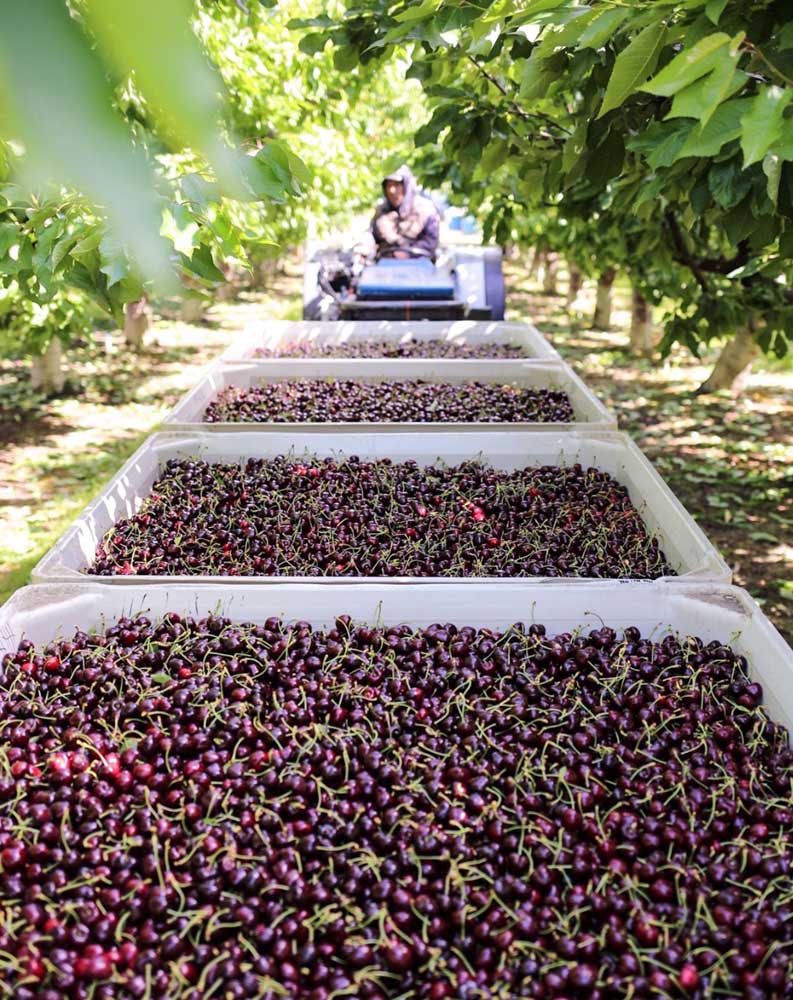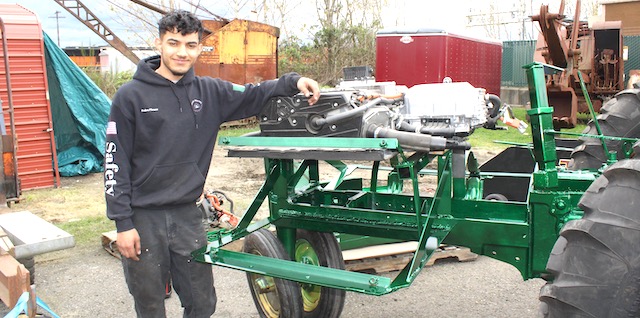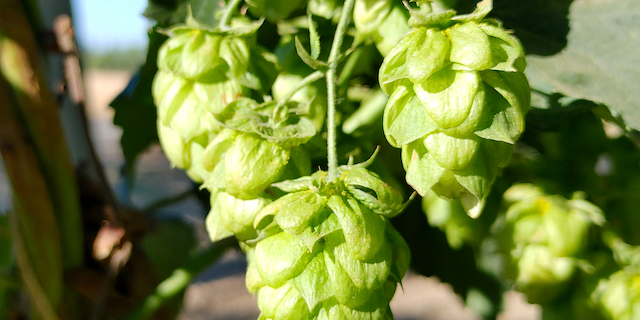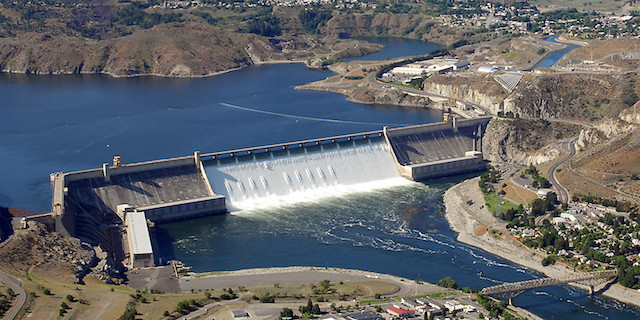Northwest cherry harvest begins; growers optimistic
Published 2:30 pm Monday, June 12, 2023

- Disaster declarations have been approved in Washington state and Oregon.
Cherry harvest has started in the Northwest, and growers say they are optimistic about this year’s crop, which is substantially larger than last year’s.
The past few years have been difficult for the cherry industry, so growers welcome a more “normal”-sized crop.
Northwest Cherry Growers, which represents the industry, alerted consumers in a series of advertisements last week that Northwest-grown cherries would be hitting retail stores soon.
“You should start seeing Northwest cherries in a store near you next week,” the association told consumers on June 10.
Growers from the five major Northwest cherry-producing states — Washington, Oregon, Idaho, Utah and Montana — recently predicted the crop will weigh in at 19.9 million 20-pound boxes, slightly below the 10-year average of 21 million boxes.
A report from USDA’s National Agricultural Statistics Service published June 9 provided an updated forecast.
USDA forecast U.S. sweet cherry production would be up 60% from last year, while tart U.S. cherry production would be down 17%.
The U.S. sweet cherry industry is substantially larger than the tart cherry industry.
In Washington, the state that produces the most cherries, sweet cherry production will be up 66% from 2022. In Oregon, it will be up 59%.
“These forecasted volumes mean more cherries for all our consumers, domestic and export, offering a greater ability to meet the strong demand for Northwest cherries in all the countries we normally ship to,” Joel Hewitt, domestic sales and organics manager for CMI Orchards, said in a statement.
Fruit quality, Hewitt said, is also “really excellent” this year.
Brianna Shales, marketing director for Stemilt Growers, recently told Capital Press that retailers are excited about the bigger cherry crop this year after a few years of cherry shortages.
Growers across the region have said that while they are pleased with this year’s crop outlook, they will have challenges to face during harvest, including following new heat and smoke rules, coordinating work crews and navigating agricultural overtime pay laws.







